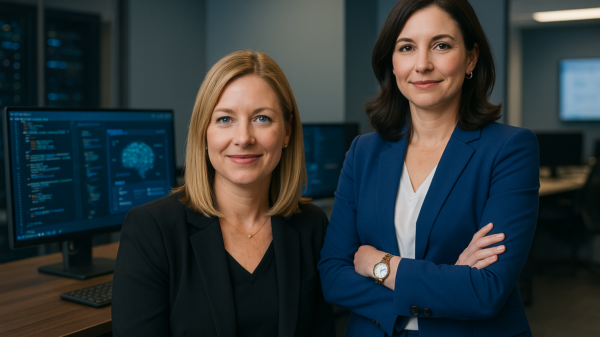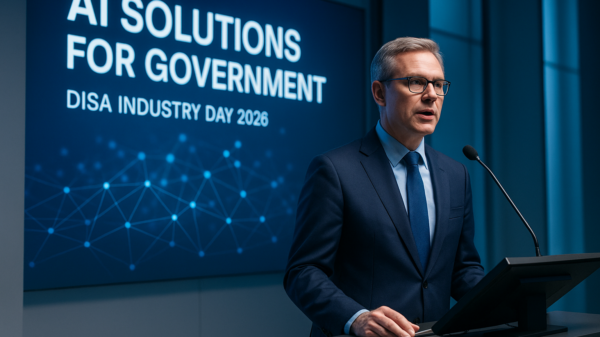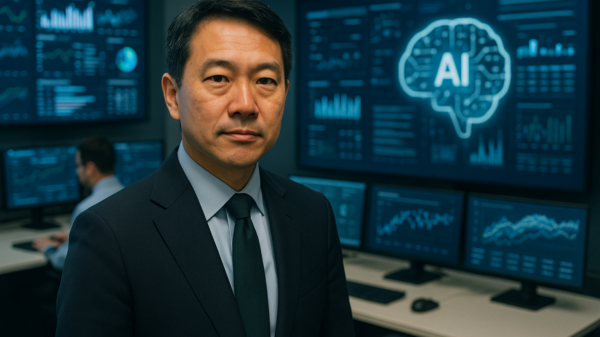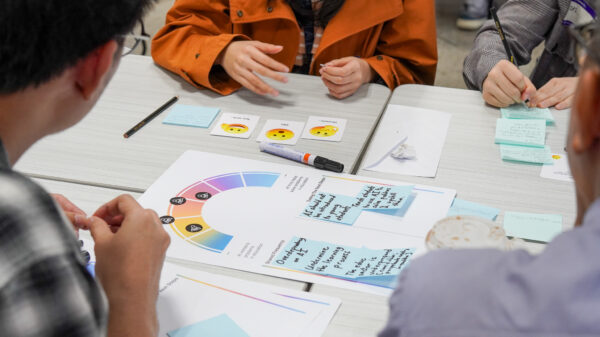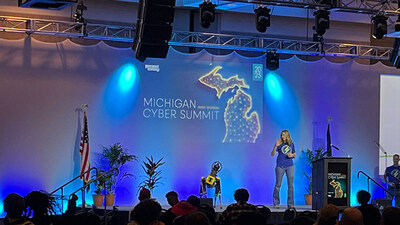At the University of Staffordshire, a growing controversy has emerged regarding the use of artificial intelligence in educational settings. Students have expressed frustration over a coding module that they anticipated would kickstart their digital careers but was largely taught through AI-generated content. In a recorded meeting, student James voiced his concerns directly to a lecturer, stating, “I do not want to be taught by GPT.”
This incident highlights a broader issue within academia as institutions begin to embrace AI automation in teaching methodologies. The university’s recent policy statement, posted on the course website, attempts to justify this approach. It outlines a framework for academic professionals to leverage AI technologies in both scholarly work and instruction. However, many students feel that relying on AI for core teaching aspects undermines their learning experience and future job preparedness.
Student Concerns Over AI Teaching Methods
The sentiments shared by James resonate with a larger cohort of students who feel “robbed” of a traditional educational experience. The reliance on AI tools, such as GPT, for generating teaching materials raises questions about the role of human educators in a landscape increasingly dominated by technology. Many students are concerned that such practices could lead to a lack of critical thinking and problem-solving skills, essential traits in the tech industry.
Critics argue that while AI can assist in delivering content, it should not replace the nuanced understanding and mentorship that human instructors provide. This situation underscores a critical balancing act for educational institutions: integrating innovative technologies while ensuring that students receive a comprehensive education that emphasizes personal engagement.
The Implications for Higher Education
The move towards using AI in the classroom reflects a growing trend in higher education, where institutions are exploring new ways to deliver content efficiently and effectively. The policy at the University of Staffordshire is part of a wider movement where universities are experimenting with AI tools to enhance their educational frameworks. However, the feedback from students indicates a significant gap between the potential benefits of these technologies and their actual implementation in ways that resonate with learners.
Moreover, the conversation surrounding the use of AI in teaching is not limited to one institution. Many universities globally are grappling with similar challenges as they incorporate advanced technologies into their curricula. This situation presents an opportunity for dialogue among educators, students, and policymakers to ensure that the integration of AI enhances rather than detracts from the learning experience.
As the debate continues, stakeholders must critically evaluate how AI can be responsibly utilized in education without compromising the quality of instruction. Understanding the limitations and capabilities of tools like GPT is essential for creating a balanced approach that enriches learning while preserving the invaluable contributions of educators.
Future Directions
The student reactions at the University of Staffordshire serve as both a warning and a catalyst for change in how AI is integrated into education. As institutions move forward, it will be crucial to engage students in discussions about the role of technology in their learning process. By fostering an environment where students feel their voices are heard, universities can better navigate the complexities of adopting AI technologies in education.
Ultimately, the goal should be to create a hybrid model where AI tools complement traditional teaching methods, enhancing the educational experience without replacing essential human elements. This balance could set a precedent for how educational institutions worldwide approach the integration of cutting-edge technology in the classroom.
 Amazon Invests $125B in AI, AWS Growth Surges Over 20% Amid Insider Sales
Amazon Invests $125B in AI, AWS Growth Surges Over 20% Amid Insider Sales AI Tools’ Financial Advice Accuracy Plummets to 56% According to New Study
AI Tools’ Financial Advice Accuracy Plummets to 56% According to New Study Nvidia Reports $57B Revenue, Surpassing Expectations Amid AI Bubble Concerns
Nvidia Reports $57B Revenue, Surpassing Expectations Amid AI Bubble Concerns Landstar Reveals AI Strategy to Enhance Customer Service and Retain Business Capacity Owners
Landstar Reveals AI Strategy to Enhance Customer Service and Retain Business Capacity Owners Google Launches Nano Banana Pro, a Gemini 3-Powered Upgrade for AI Image Generation
Google Launches Nano Banana Pro, a Gemini 3-Powered Upgrade for AI Image Generation























